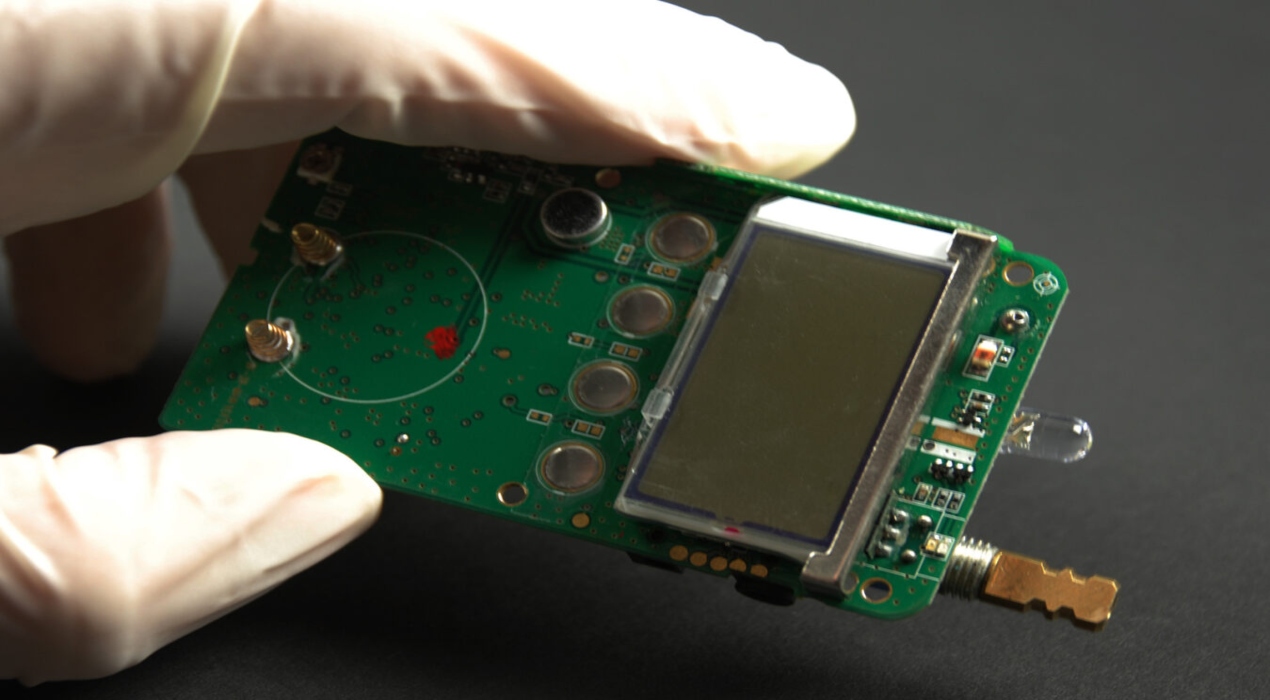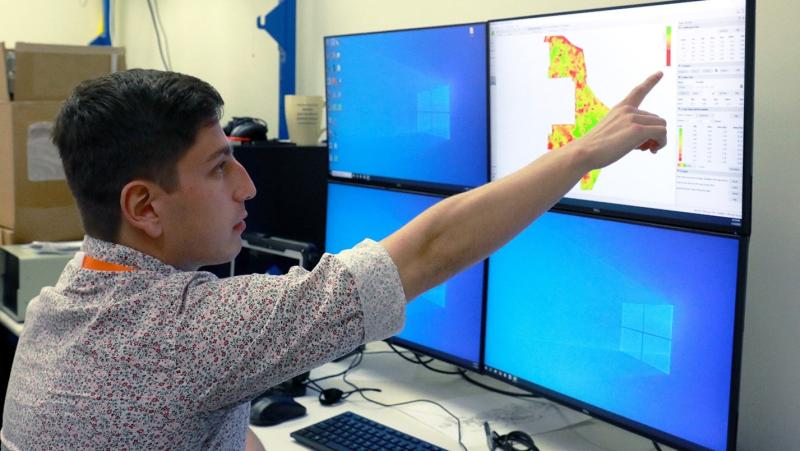
|
Getting your Trinity Audio player ready...
|
Drones equipped with multispectral cameras have emerged as valuable tools for search and rescue operations, significantly enhancing the capabilities of law enforcement, emergency responders, and forensic teams. Using drones in these scenarios provides several advantages over traditional search methods.

Jack Orebaugh, a forensic anthropology major at the University of Tennessee, has used digital technology to revolutionise search and recovery efforts for missing individuals in densely vegetated areas. Recognising the challenges faced when a person goes missing in such environments, Orebaugh has employed cameras and drones to enhance the efficiency of locating lost and deceased individuals.
As an intern student, Orebaugh collaborated with the Oak Ridge National Laboratory’s (ORNL) Autonomous Systems team to map the University’s Anthropology Research Facility, renowned globally as a body farm for forensic research. The team employed multispectral cameras on drones to capture hundreds of photos, subsequently utilising Pix4D software to create a comprehensive map. Through the nitrogen’s analisation uptake in plants, Orebaugh aimed to identify areas where decomposition might have occurred, as healthy plants absorb released nitrogen during this process.
Plants employ diverse mechanisms to communicate information and adapt to their environment. They utilise abiotic and biotic signals to share details such as the presence or absence of neighbouring plants, their identity, available growth space, growth disturbances, and the competition they face. This intricate network of signals among plants inspires the development of techniques to locate missing individuals using drones.
“Plants essentially act as storytellers about their environment. Despite their stationary nature, they function as sensors, capturing and responding to events around them,” Orebaugh explained. The research delves into using multispectral cameras and sensors to observe plants from an aerial perspective. The hypothesis posits that specific patterns on the map could indicate areas of interest related to decomposition, offering a novel approach to searching for missing persons.
Orebaugh’s interest in the system of decomposition originated during his undergraduate studies. With the help of Electronics and Unmanned Systems Staff Member Jairus Hines, Orebaugh developed a research drone equipped with a multispectral camera from a multispectral sensors manufacturing company, suitable for capturing vegetation imagery and determining its health.
During a drone flight over the Body Farm in September, Orebaugh and his team observed the spectral signatures of vegetation during autumn, capturing a snapshot of time in East Tennessee. The research could amass a dataset of vegetation indexes in different regions and times of the year, allowing for calibration based on climatic and plant growth factors.
Despite the progress, several questions still need to be answered. Orebaugh explored how human, animal, or plant decomposition impacts the soil and appears on multisensory cameras. The maps show healthy vegetation in certain areas, but the reasons still need clarification.
The implications of Orebaugh’s research extend beyond search and recovery efforts. Drones equipped with various sensors could be deployed by government agencies in different scenarios, providing crucial data. For instance, in long-term cases of missing persons, a drone could scan a large land area and identify healthy vegetation, providing precise coordinates for ground recovery teams.
Orebaugh envisioned the technology bringing solace to families searching for their loved ones. “For the family missing their loved one, this could bring peace to them sooner than we can do now,” he remarked. Internationally, the technology could be employed in war crime investigations, providing valuable data.
Reflecting on his time at ORNL, Orebaugh expressed gratitude for his mentors and the opportunities to explore cutting-edge research. As he approaches graduation in 2024, he contemplates continuing his education in graduate school, driven by a desire to advance this science further and assist people during challenging times.
UT-Battelle manages ORNL for the Department of Energy’s Office of Science, highlighting the collaborative efforts between academia and government institutions in pushing the boundaries of scientific research. The innovative use of digital technology in Orebaugh’s research showcases the potential of interdisciplinary approaches to address pressing challenges and positively impact society.
















